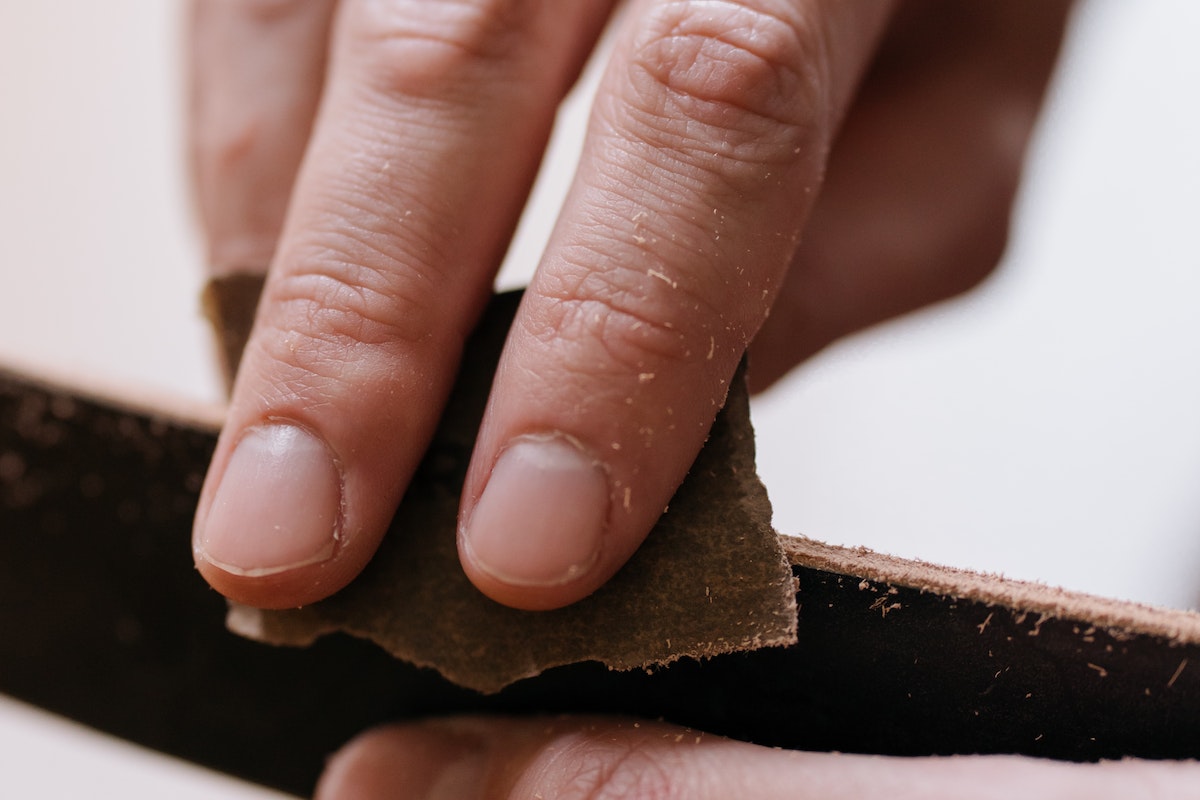
If you have applied several layers of stain, your deck is a prime candidate for sanding and new sealant, or stain. Sanding your deck before staining provides a clean, smooth, absorbing surface to which stain and paint can stick. Sanding will not only enhance the appearance and feel of an older deck, but it will also prepare it to accept new deck stains or paint. Sanding does more than just prepare your deck surface for a better stain or paint job, but it will improve your overall quality of life on the deck.
Additionally, Even if you successfully remove paint from deck with floor sanding and polishing then sanding helps smooth out the edges. It leaves surface conducive to optimum adhesion of new stain. To smooth out the wood and avoid chips, lightly sand a deck before staining, sealing, or painting. All wood decks, excluding composite decking, need sanding and staining or sealing, particularly after cleaning. The quality of stain or varnish is a major factor in how frequently the deck needs sanding, as is the climate in which the deck is situated.
A durable stain or paint will be necessary to protect a surface as large as a deck. By staining your deck or flooring, you are ensuring that your wood’s surface remains relatively water resistant. Once you sand a deck, the deck needs cleaning so you can get the wood dust out of the pores and the surface of the wood. First, sweep or blow away the dust, then again sand the deck using a 60-80-grit sandpaper. Which smooths out the surface while leaving pores exposed for the stain to soak into.
Then, give your deck a second sanding with smoother paper, such as 100 grit. For wood that is difficult to stain, finishing with 120-grit sanding is often an option to solve that issue. On most untreated woods, begin to sand the grain-side down using 150 grit paper before staining. After working your way up to 220 grit paper It opens the wood grain to allow for stains or varnishes, smooth out your deck with sandpaper between 20-50 grit. In your first pass, and 60-80 grit in your second pass, using either a belt sander or an orbital floor sander.
It is possible to sand a deck with a floor sander, though we would still recommend using a belt sander that is operated by hand to get the best results. It is possible to use a larger floor sander to restore the finish on the deck, but we do not recommend this. While many people will be tempted to use a floor sander, they have several drawbacks, including their size and weight. (which could potentially damage your deck) and the fact that they can only smooth out perfectly level surfaces.
Our Finest Floors recommends using 80-100-grit sandpaper to gently smooth over all surfaces. Nooks to sand your deck joists. When sanding any kind of timber to prepare it for a fresh coat of stain, you need to be extra cautious about how much wood is being sanded. Also, what grit sandpaper you use. Remember, a coarser job sanding will appear less polished than the smoother surfaces. You get when working your way up through the progressively finer grades of sandpaper.

If you find the wood does not take to staining the deck the wood after you sand it, chances are that you have over-sanded using too-fine grit sandpaper. Crushing the grains in the pores in the wood. Do not over-sand, or you could be sealing the wood too badly, so it does not accept stains. Instead, just re-sand the wood, ensuring you properly clean it and lighten it up before applying the stain again.
Using the right stain brush is also important so that your deck’s coat is smooth and working into the wood. After that, if there is still lots of older product on your deck, you will have to use a paint stripper or stain remover to get rid of them. You will also have to sand it down, but it requires a bit more work working your sander all over it. Which eliminate that greying damage.
Sanding the Deck Before Staining Your Deck strips any previously applied stain, ensuring that your colour is uniform. Making re-coating with your new stain a lot easier. However, even the best wood exterior deck stain cannot permanently protect your wood. So additionally you will have to think about sanding your wood deck and reapplying a completely new wood stain that is ideal for the wood of your deck.
Staining your wood deck and planks also keeps your wood safe from rot. Your sandpaper grain should be about 60 to 80 grains anything higher than that will sand down wood grains. Making it harder to stain deck floors. Over-sanding may weaken your boards and reveal the screws or nails in the deck. In addition using too fine a grit can shrink pore openings and hinder the absorption of stain, paint, or sealant.